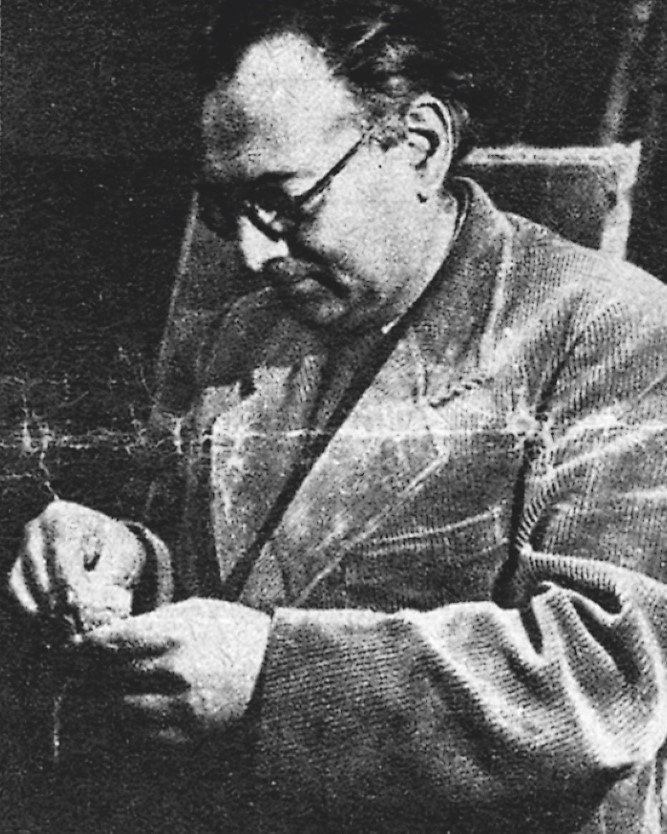Samuel LIEBEWERT
January 3, 2019Ary Arcadie LOCHAKOW
January 3, 2019Louis LILLE (born Ludwik or Ludwig Lille)
PODWOLOCZYSKA (POLAND) 1897 – PARIS 1957
Louis Lille was very young when he found his vocation. He painted his first painting at the age of fifteen. Between 1920 and 1923, he joined the Formists group in Krakow, which was marked by both Cubism and Surrealist trends. He was also interested, since its creation in 1929, by the interwar Polish artistic circle, Artes. In 1928, he wrote the preface of the Hahn and Henrdyk Wlodarski exhibition in Lwow, in which he explained the principles of Cubism to Polish visitors. He participated in Artes’ exhibitions, notably its first exhibition in 1930. A few months later, he became the president of this association, taking part in events organized by Artes from 1930 to 1932 in Lwow, Warsaw, Krakow, Lodz, Stanislavov, and all over Poland. Like most Artes members, who were attracted by the French capital, Louis Lille arrived in Paris in the beginning of 1937. He then considered that his Cubist phase was over and joined the group of Polish artists in Paris. He became particularly close to Zygmund Schreter. He also spent time with Arpad Szenes, Vieira da Silva, and Bruno Schultz (who visited Paris before the war). While he continued to paint, he also engraved, notably using the drypoint technique. He later produced sculptures too.
During the war, he managed to stay in Paris and dedicated himself to saving Jewish religious objects. This activity created the basis of the Lille collection, which is today divided between the Musée d’art et d’histoire du Judaisme in Paris and the Israel Museum in Jerusalem. After the war, he continued to paint. He also made engravings, notably an illustration of the Polish translation of the Songs of Songs published in Lwow in 1922.
Stories of Jewish Artists of the School of Paris 1905-1939
FRENCH-ENGLISH
Capitale des arts, le Paris des années 1905-1939 attire les artistes du monde entier. De cette période de foisonnement, un terme est resté, celui d'Ecole de Paris, qui recouvre une grande diversité d'expression artistique. Dans ce brassage dont Montparnasse est le creuset, un groupe se distingue : celui des artistes juifs venus de Russie, de Pologne et d'Europe centrale. Si leurs styles sont variés, un destin commun les rassemble : ils fuient l'antisémitisme de leur pays d'origine. Certains ont connu la célébrité dès les années 1920, tels Soutine, Lipchitz ou Chagall. D'autres n'ont pas eu le temps ou la chance d'y accéder. Près de la moitié a péri dans les camps de concentration nazis.
From 1905 to 1939, Paris attracted artists from all over the globe as the capital of the art world. This period of artistic proliferation became known as the School of Paris, and includes a great diversity of artistic expression. Within the teeming art world centred on Montparnasse, one group set itself apart: Jewish artists from Russia, Poland, and Central Europe. Although their styles were diverse, they shared the common fate of fleeing anti-Semitic persecutions in their home countries. Some became famous in the 1920s, such as Soutine, Lipchitz, and Chagall, while others did not have the time or the luck to gain renown. Nearly half of these artists died in Nazi concentration camps.





